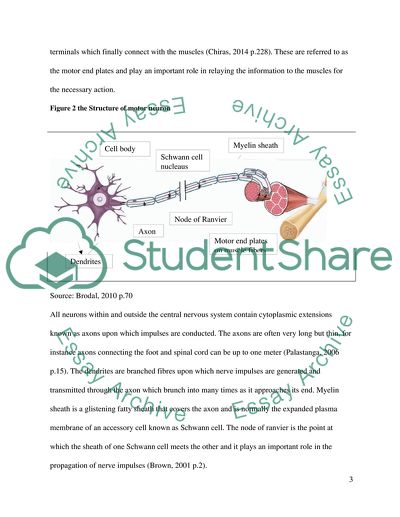Cite this document
(“Nerves Coursework Example | Topics and Well Written Essays - 1000 words”, n.d.)
Nerves Coursework Example | Topics and Well Written Essays - 1000 words. Retrieved from https://studentshare.org/biology/1644130-nerves
Nerves Coursework Example | Topics and Well Written Essays - 1000 words. Retrieved from https://studentshare.org/biology/1644130-nerves
(Nerves Coursework Example | Topics and Well Written Essays - 1000 Words)
Nerves Coursework Example | Topics and Well Written Essays - 1000 Words. https://studentshare.org/biology/1644130-nerves.
Nerves Coursework Example | Topics and Well Written Essays - 1000 Words. https://studentshare.org/biology/1644130-nerves.
“Nerves Coursework Example | Topics and Well Written Essays - 1000 Words”, n.d. https://studentshare.org/biology/1644130-nerves.


